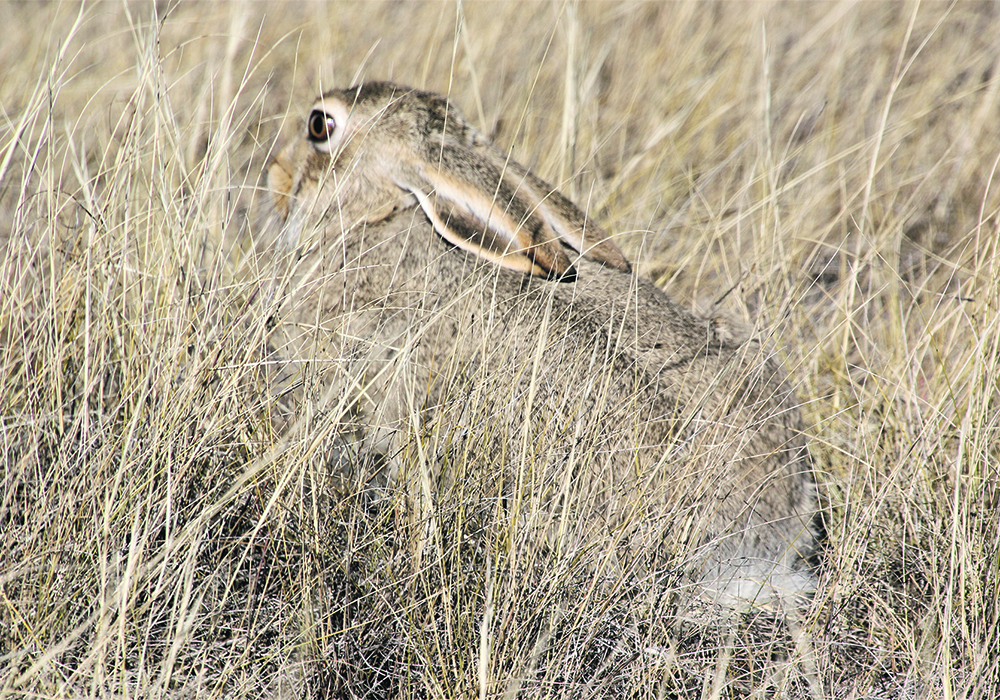Rabbit hemorrhagic disease wipes out feral populations in urban Alberta but has not yet spilled over into native species
A virus once thought to be infectious only to European rabbits has been confirmed in a native cottontail after several urban feral populations in Alberta were wiped out by rabbit hemorrhagic disease.
RHD was confirmed as the source of hundreds of dead feral rabbits located in Calgary after mass die-offs were reported in late August.
According to provincial wildlife officials, while there has been no general spillover of the fast-spreading and fatal disease to native species of rabbits, they are confirming that at least one native mountain cottontail was found among the dead.
Read Also

Drones now used to assess wildlife crop damage in Saskatchewan
Wildlife damage in Saskatchewan crops is now assessed by drones and artificial intelligence.
University of Calgary’s veterinarian pathologist and director of diagnostic services, Dr. Jennifer Davis, said the disease was known to be infectious in imported rabbits used for pets and was believed to only infect lagomorphs from Europe.
“However, the virus has changed,” she said.
RHDV2 was first found in 2020 in the American Southwest and northern Mexico and was infectious to native rabbit populations, as well as European-origin rabbits.
“Right now, the risk to our wild population is unknown and that’s why we are continuing to investigate these cases. If the disease were able to spread into our native North American rabbit and hare species, we presume that is a naïve population,” she said.
As such, native species will not carry any immunity to RHD and will be highly susceptible to infection.
“We would expect to see potentially high die-offs in those species,” said Davis.
So far, RHD in Canada has largely been limited to urban populations of feral imported rabbits with Alberta outbreaks in past years in Edmonton and Taber.
Producers should monitor for the possible spread of RHD in wild species and be aware of mass rabbit deaths. If the animals are still alive, they will appear lethargic and have difficulty breathing or walking.
There are also symptoms from which the disease gets its hemorrhagic name from which includes bleeding from its orifices.
“People may see bleeding from the nose or sometimes the mouth or eyes,” said Davis.
Margo Pybus with Alberta Fish and Wildlife said those who encounter a rabbit showing these signs should immediately contact their closest Fish and Wildlife office.
She cautioned there is limited contact between feral and native populations in Alberta.
“But the (pet) bunnies are the canary in the coal mine. We would not expect anything at all in the wild species — the hares and the jackrabbits — unless there is an outbreak in the feral rabbits,” said Pybus.
If farmers and ranchers come across several dead native rabbits in their yards or haystacks with no obvious signs of predation or other physical trauma that can be explained, that’s the time to contact Fish and Wildlife officials.
Handling of these rabbits should be limited and done with gloves followed by hand washing.
While extremely infectious to rabbits, RHD is not contagious to humans or other livestock.
















